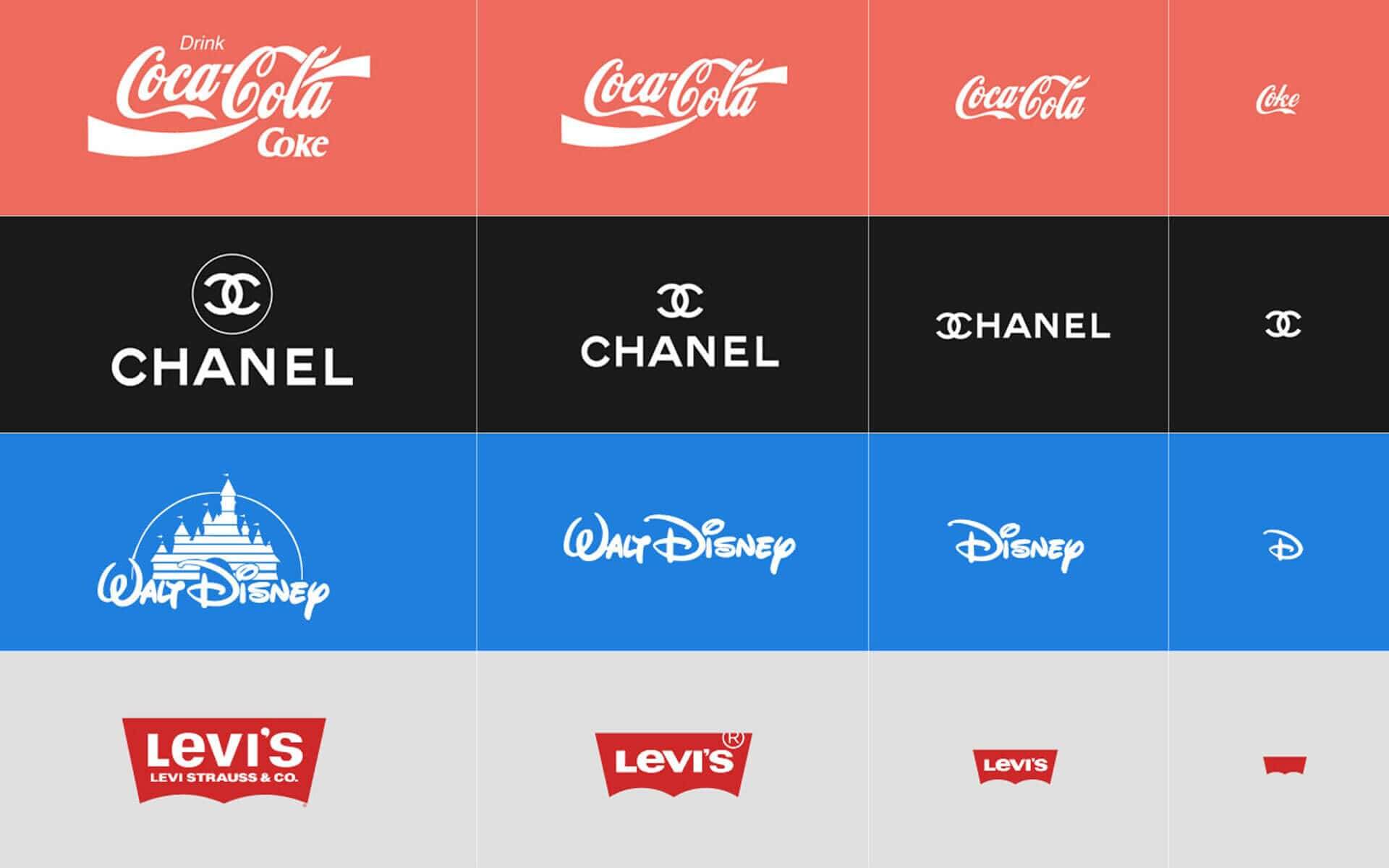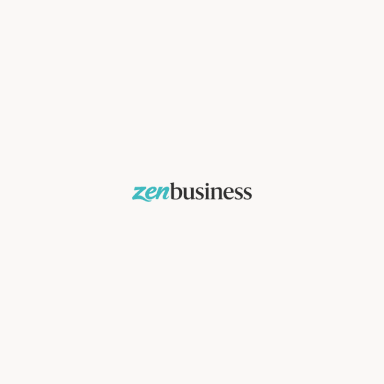“The effectiveness of a logo depends on distinctiveness, visibility, adaptability, memorability, versatility, and timelessness,” said Paul Rand, one of the most famous graphic designers. The article will cover in detail how to “measure” a logo by these criteria. We suggest you test your logo right away: put a “yes” to each item it meets. The more affirmative answers you give, the greater the potential for your identity.
1. It tells about what you do
A logo is not just a beautiful picture: to be noticed and remembered, it must be based on meaning. An emblem can:
- Inform about a product, service, or a unique selling proposition. It doesn’t mean they need to be represented literally: think of the icon as a symbol. We all know that Twitter has nothing to do with selling birds but it tweets us about the news. Think about how you can present the product through associations.

- Communicate an emotion. Such a logo embodies the positioning of the brand, that is the image that you want to arouse in the minds of customers. The famous “swoosh” of Nike conveys a sense of strength and speed, and a hidden arrow between “e” and “x” in the FedEx logo indicates moving forward.
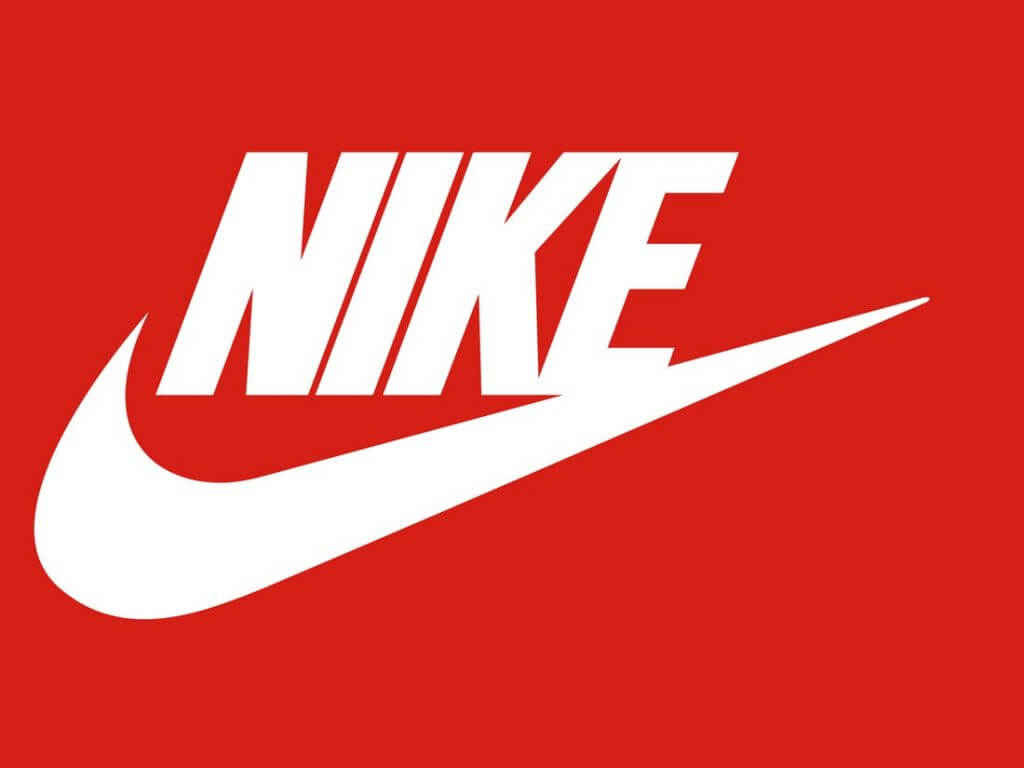
- Tell a story. Suitable for companies that want to emphasize the facts from the biography like the gold arches in the first McDonald’s restaurant, or the birthplace of the brand like Starbucks’ mermaid. Seattle where the company was founded is a port city, that’s why they chose the maritime theme for the identity. The first mermaid on the emblem was drawn from a medieval engraving and had little resemblance to the present one. But over time, its image was simplified and deliberately made slightly asymmetrical to bring the brand closer to users.

- Tip. Apart from the logo, other elements of corporate identity such as colors, fonts, communication style, the form of packaging, sounds, smells should also represent the brand. A common message forms a holistic view of the company among users.
2. It meets the target audience’s interests
The worst way to evaluate a logo is to follow the “like/dislike” criterion. The logo should meet not your taste but rather the interests and style of the target audience. Are you focused on youth? A modern dynamic logo with bright colors and bold fonts will be appropriate. Are your clients the older generation? They are likely to accept the classical style best.

Tip. To create the target audience profile, conduct market research. You will need these results to develop your corporate identity as well as to plan your promotion strategy in general.
3. It’s unique
If all airlines used planes and fast food chains hamburgers as symbols, customers would hardly distinguish them for the first time. An identity is a way to emphasize the personality of a brand: your logo should not be confused with your competitors’ ones. When developing a corporate identity, avoid cliches and make sure you check the picture for uniqueness. There are several ways to do this:
- By using Google Images. Choose the search by photo option by clicking the camera icon in the search bar. Then find the logo file on your computer (for more efficient results, it’s better to take only the symbol without text) and upload it to the search bar. Google will show you if such images already exist.
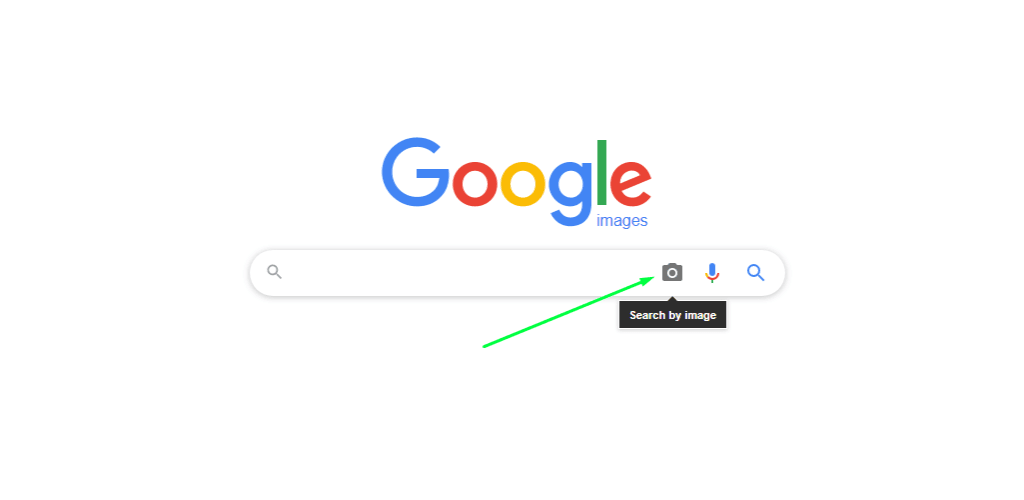
- By using platforms for designers and creative people. The logos of some young companies are not yet on Google. However, you can find such images in designers’ portfolios ( search by keywords at Dribbble and Behance) or in the “visual” social network Pinterest (it offers the option of searching for similar images).
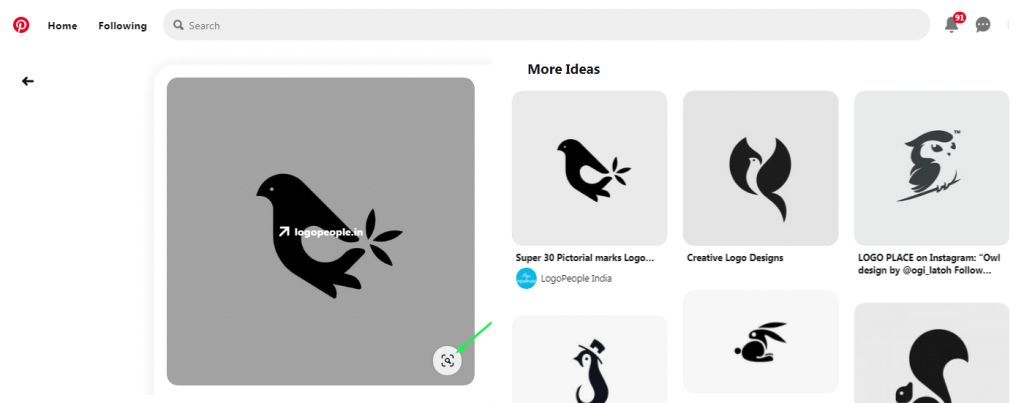
Tip. What to do if you found a similar but not identical image from another company? Do you need to give up your idea? To make a decision, check if the market and the target audience are the same. If you work in different countries or niches that do not overlap at all, it would probably be fine to use similar logos.
4. It’s done in raster and vector formats
Raster graphics (PNG, JPG, JPEG) consists of pixels. You can see them when stretching a small image – for example, increasing a 500×500 logo. Such images can only be used in their original size or smaller. Most often raster files are used on the Internet – for websites, favicons, or social media.
Vector graphics (AI, EPS, SVG) are based on vectors that help maintain quality regardless of image magnification. Therefore, the logo in the vector format can be easily scaled and printed for advertising purposes, such as roadside banners or truck branding.
Tip. To use the logo effectively, you will need both a vector and a raster image. You can get the logo in all listed formats with the help of the online ZenBusiness generator: the service allows you to develop the logo in a couple of clicks and then download the full package with all the files you may need.
5. It’s versatile and adaptive
A good logo is the one that remains recognizable and conveys the same meaning in different sizes and on different media. The versatility of the logo can be checked according to several indicators.
Scalability
- A high-quality image is recognizable on any scale – from a favicon and an icon in a mobile app to the packing of goods and a shop front. To achieve this, adhere to the principle “less means more”, that is, avoid excessive detail and complicated fonts. When being zoomed out, they will turn into a blurred spot.
- If the logo is difficult to adapt to a small size (e.g., the icon of a mobile app), prepare a simplified version of the picture as many brands do: for example, Facebook uses one letter “F” instead of the whole word.

Color rendering
- The logo must be identical even in black and white – for example, when printing official documents. To check the image, convert it into a black-and-white format. If the elements merge, it means that you should add contrast to the image.
- Don’t use more than three colors – it will be difficult to distinguish the details of the image.
- Choose two variants of the logo color rendering – for light and dark background.
Layout
Think about where you will use the logo and what layout the image will need. So, a horizontal one may be most suitable for the site, a vertical one for business cards, and a square one for the profile image on social media. Make sure you have several versions of the file.
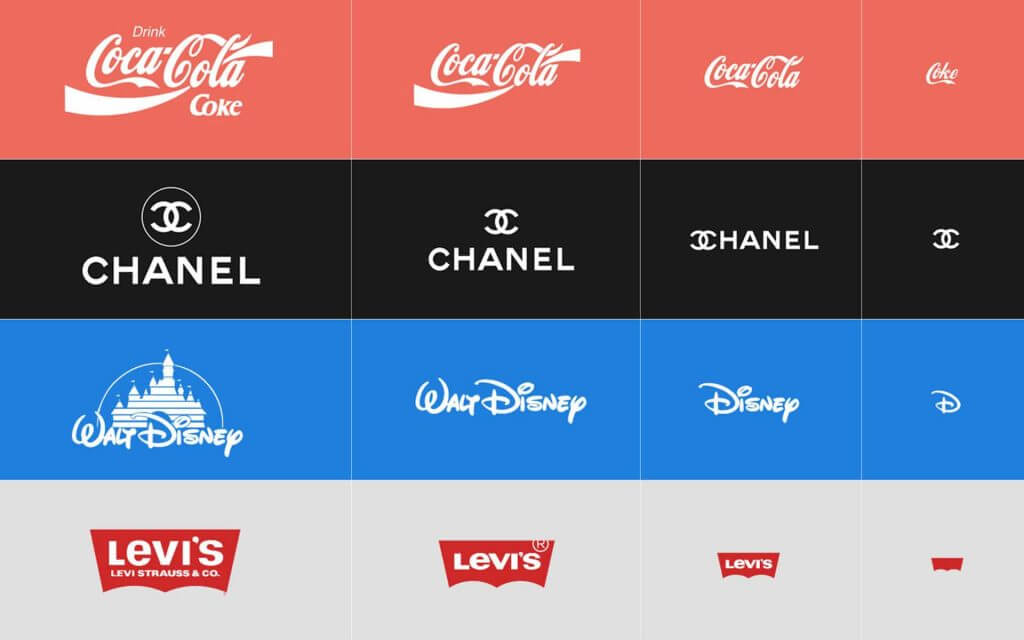
Tip. When creating a logo, test it to the fullest: zoom in and out, convert it to black and white. Ask your colleagues and friends whether they recognize the picture, distinguish what is depicted in it and whether it conveys the meaning you put in it.
6. It doesn’t depend on fast-flowing trends
A trendy logo is an ineffective logo. In pursuit of trends, you can miss the essence of the brand by endlessly updating the logo and make it less recognizable as a result.
To create a high-quality logo, focus on long-term trends rather than passing ones. For example, simple clean design has been in fashion for many years: such logos successfully withstand the test of time.
Tip. To test the logo, answer the question of whether it will deliver the same message in a couple of years. If your logo is a tribute to trends, the answer to the question will be negative.
Summary
Take your time with the final logo selection: develop the foundation of branding, explore the target audience, create multiple versions of the logo, and test them against our criteria. An effective logo along with the rest of the corporate identity elements will attract customers’ attention, differentiate you from competitors, and remain relevant for years to come.
Logo Tips
